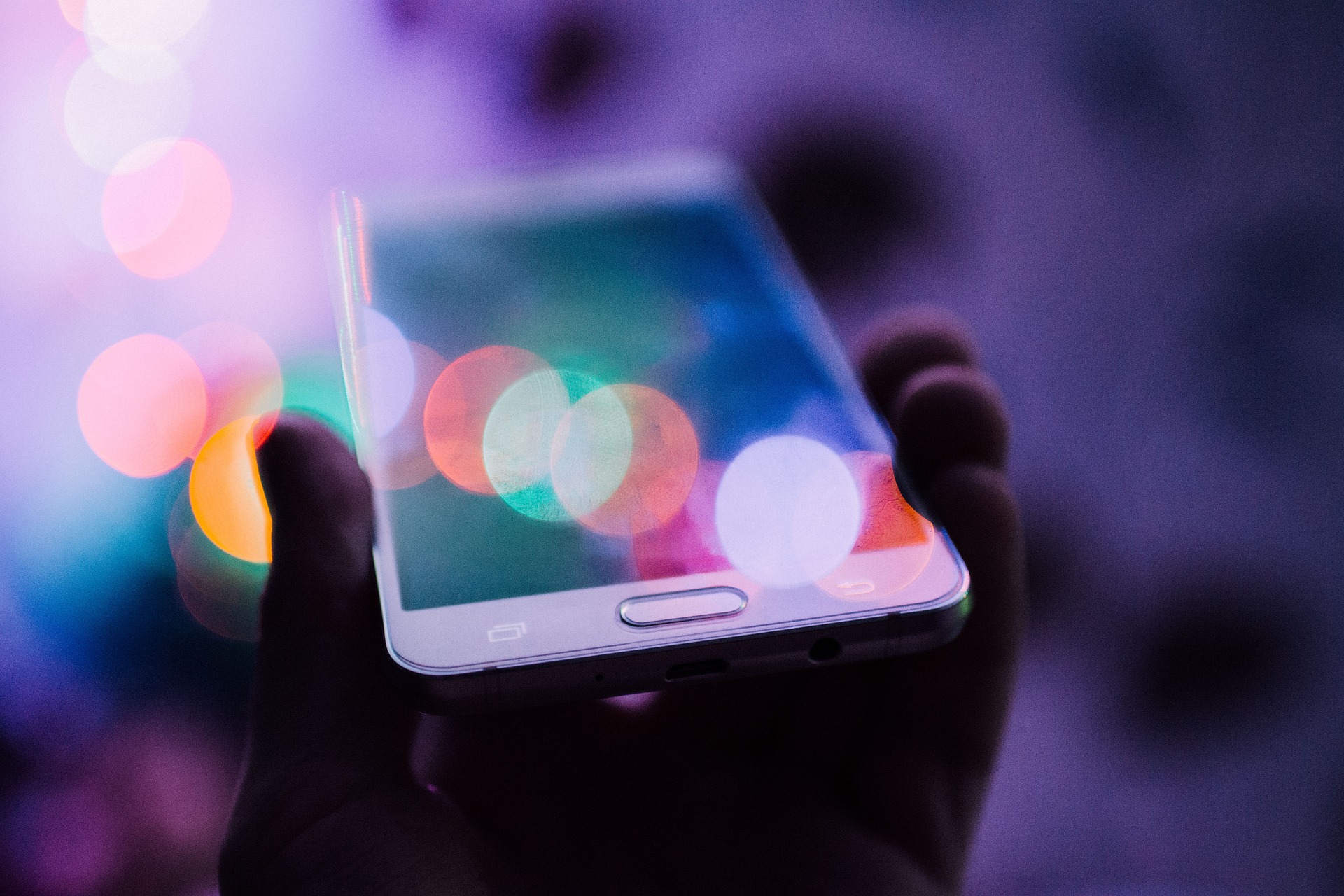The Curious Case of E-Ink: Transforming the Digital Reading Landscape
In a world where screens are continually demanding our attention, e-ink technology is a breath of fresh air. This digital paper tech is an underappreciated player in the world of electronics, quietly revolutionizing the way we read. Not only does it provide a more eye-friendly reading experience, it also consumes less power than traditional screens—making it an eco-friendlier choice.
The Birth and Growth of E-Ink
E-Ink was born out of the Massachusetts Institute of Technology’s Media Lab in the late 1990s. It was an attempt to replicate the reading experience of physical paper in a digital format. The idea was to create a display that would not strain the eyes, even after prolonged use. It was a success, and the first commercially available e-ink device, the Sony Librie, hit the market in 2004. Amazon’s Kindle followed suit in 2007 and quickly became synonymous with e-ink displays.
How does E-Ink work?
E-Ink works on the principle of electrophoresis. It contains millions of tiny microcapsules, each filled with positively charged white particles and negatively charged black ones suspended in a clear fluid. When a positive or negative electric field is applied, the corresponding particles move to the top, creating the image or text on the screen. This technology allows text to remain on the screen even when the power is turned off, significantly reducing energy consumption.
E-Ink in the Modern World
Today, e-ink technology has extended its reach beyond e-readers and is being incorporated into various other devices such as smartwatches, mobile phones, and digital signage. The YotaPhone, released in 2013, was one of the first smartphones to incorporate an e-ink display along with a traditional LCD. While it didn’t capture the market, it did pave the way for future innovations.
Market Impact and Future Prospects
E-readers are still the primary market for e-ink displays, and it’s estimated that the global e-reader market will reach $2.3 billion by 2024. However, with the increasing awareness about digital eye strain and the need for energy-efficient technologies, the future for e-ink looks promising. As more manufacturers start incorporating e-ink displays into their devices, we can expect a wider, more affordable range of products.
In conclusion, e-ink technology is a fascinating example of how technology can mimic nature, in this case, the simplicity of ink on paper. While it might not replace traditional displays in every device, the unique features it offers make it an essential part of the digital landscape. The future of e-ink technology is bright, and we’re excited to see where it goes next.





